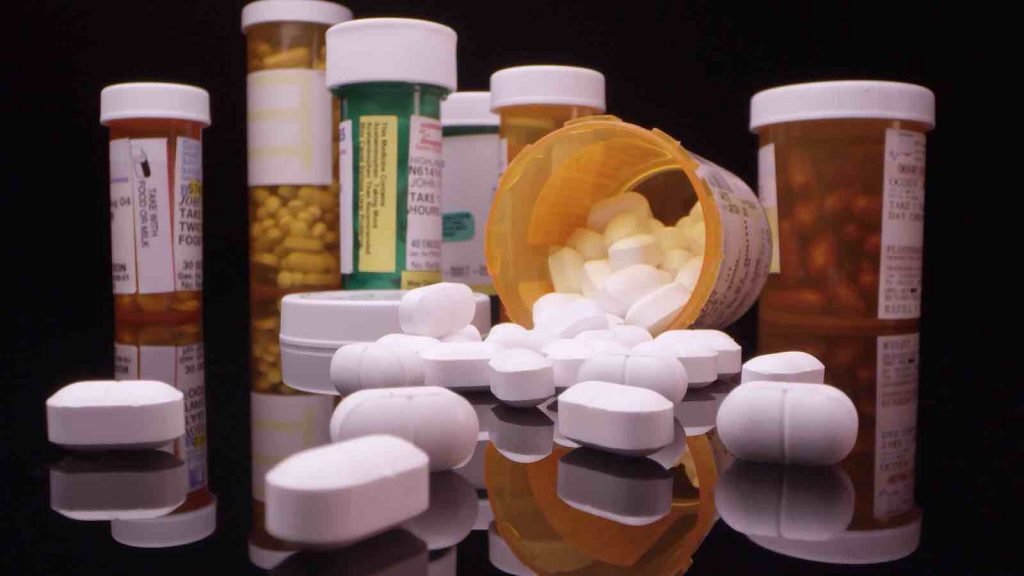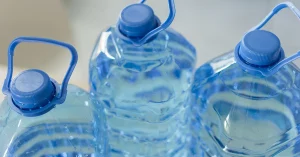Just about any consumable product you buy these days comes with an expiration date, sometimes referred to as an “expiry date.” At least, there’s something that looks like an expiration date printed on the packaging. This phenomenon isn’t limited to food, but includes first-aid and other medical supplies. Most people look at these dates and think that they must be the “drop dead” date for the product and that it is unsafe to use it after that date.
But just where do those numbers come from and what do they mean? Are they actually expiration dates, as they appear to be, or are they something else? Can we use those products, after they those dates?
To start with, few products are required by law to have to have an expiration date on them. Many, especially food items, will have a “best if used by” date. This isn’t the same thing. However, first-aid supplies and pharmaceuticals will have an actual expiration date or expiry date on them.
Manufacturers of these products need to be extremely careful, due to the risk of project liability. If they sell a product which doesn’t perform as intended, causing serious health issues or even death, they are at risk of being sued. So they are extremely conservative when it comes to their products. That can be seen in the manufacturing, packaging, labeling and sales of those products.
The expiry dates on first-aid supplies are developed with this in mind. Manufacturers try to establish the worst-case that their products will be subjected to and determine how well they will survive in those circumstances. This testing is mostly accomplished in controlled environmental chambers, allowing them to both monitor the materials under test and tightly control the conditions that those materials are subject to.
It is normal to subject materials in an environmental chamber to much more severe conditions than they will normally face. That’s part of the process. After all, they’re looking for worst case, so they have to create something that simulates that worst case situation.
Specifically, the temperature and humidity extremes in an environmental chamber will be much worse than what the products will normally experience. Still, they base the dates that go on the packaging on the results of those tests. That way, the manufacturer is protected, if the first-aid supplies are not properly stored.
So, what exactly do those dates mean?
The expiry dates on first-aid supplies, like on many other products, is the last date that the manufacturer will guarantee that the product meets their specifications. That’s not the same as saying that the product won’t be any good, just that they won’t guarantee it to be good.
But just what are they concerned about going bad?
There are two basic things that can go wrong with most bandaging supplies; adhesives can dry out and sterilization can be lost. Heat and humidity affect both of these, but of the two, sterilization is the bigger issue. A sterile dressing which is no longer sterile not only is useless, it’s dangerous.
But just what is time going to do to that sterilization? Absolutely nothing. As long as the packaging remains intact, the contents will remain sterile. That’s the key. In the case of adhesive bandages, the adhesive holding the paper covering can dry out, allowing the two sides of the package to separate. Once that happens, the bandage can no longer be guaranteed to be sterile.
Adhesive bandages aren’t the only first-aid supplies that can have that problem. A number of first-aid supplies are packaged to be easy to open, so that you can get them open quickly when needed. That reduces the amount of time that the adhesive remains effective, when compared to other products. It’s especially bad when those first-aid supplies are stored in the heat.
When it comes to ointments and creams, such as antibiotic ointments, the issue is whether heat will cause a change to the chemical composition of the antibiotic. If it does, then the product may no longer work. But in reality, there is very little chance of such a change, unless the ointment is subject to high temperatures.
How Long Will They Really Last?
When it comes to first-aid supplies, the testing process guarantees that there will be a huge safety margin built into this date. Since the testing is done at high temperature and humidity, the products will last longer, at normal temperatures and humidity.
This is the key; how you store those medical supplies affects how long they last. If your first-aid kit is kept in a hot vehicle, or worse, a hot boat cabin, sitting on the water, the supplies contained within that kit may go bad from the heat. Unless you check that kit regularly, you may not even know this is happening until you need to use the kit.
There are two things we can all do to help ensure that our first-aid supplies last as long s possible.
The first of these is to store our first-aid supplies in a cool, dry atmosphere. I’d even go as far as to store them in an airtight container, so that moisture can’t get in. This is especially important for your stockpile of first-aid supplies, rather than a first-aid kit you might keep in the car. Considering that we are talking survival, we may need to store those supplies for years, before the time comes where we will need to use them. Storing them in an airtight container, in a cool, dry place will help ensure that they will still be good, when the time comes.
The second is to avoid leaving first-aid kits places where they are going to get hot. If you normally have a first-aid kit that you take camping with you, don’t leave it in your camper. Keep it inside the house and then load it up when it’s time to go. The same can be said for one that you might use in a boat.
That only goes so far, as you might have a first-aid kit you keep in your vehicle. Even if you try and take it in and out every day, it will sit in the hot care while you’re at work; so that idea won’t work. Instead, you’re going to have to check that first-aid kit from time to time, replacing anything that is getting old.
But what About Medicines?
The same criteria I’ve mentioned above for expiry dates on first-aid supplies applies equally to medicines, whether they are over-the-counter or prescription. Pharmaceutical houses are just as careful with their products, as those who manufacture first-aid supplies, setting expiration dates that will guarantee that their products are at full strength when they are used. But in fact, many of those products are usable far beyond the expiration date.
Antibiotics, in particular, are good for several years beyond their expiration date. Considering that they are the main pharmaceutical that any of us need to stockpile, that’s comforting.
There are some pharmaceuticals though, which do not last much beyond their expiry date, specifically anything that needs to be refrigerated. While those medicines will last beyond their expiry date, the amount of time they will last is measured in weeks or at the best months, not years.
Once again, it is important to keep medicines in a cool, dry place, even those which do not require refrigeration. Proper storage will make a big difference in your ability to use those products in a long-term survival situation.




